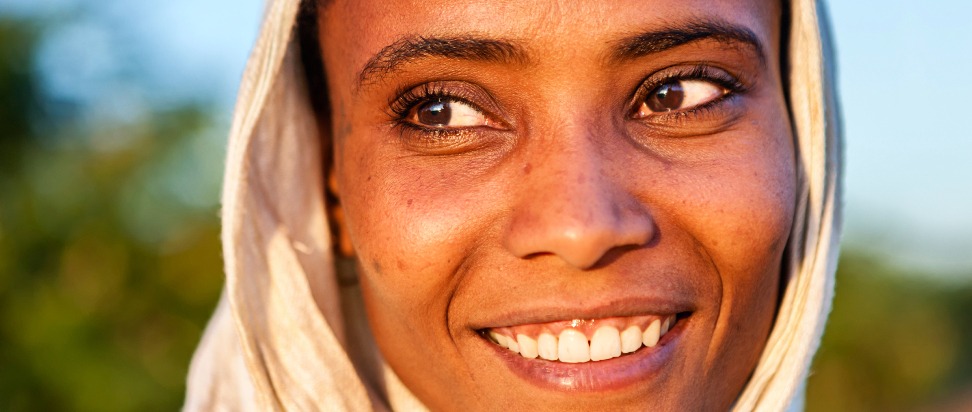Nine years ago, the Tunis Agenda recognized that there are respective roles and responsibilities in shaping the evolution and use of the Internet, not only for governments, but also for civil society, the private sector, and the academic and technical communities.
At that time, stakeholders had limited experience working together so this was no small achievement.
An evolving process
Since 2003, the spirit of the WSIS has progressively and profoundly impacted interactions within the Internet community. Engineers are engaging with governments, and policy-makers have made strides in understanding how the Internet architecture works and the value of open standards. While it’s still a work in progress, stakeholders are learning to better understand and respect each other, and to work together toward shared outcomes.
The affirmation of multistakeholder governance has not gone without growing pains and challenging questions for all groups to resolve:
- Does multistakeholder governance include equal footing in decision-making or solely in consultation
- How can we ensure meaningful participation especially for civil society members or participants from developing countries with limited resources?
- Are multilateralism and multistakeholderism compatible?
Towards maturity
The WSIS+10 High-Level Event last week resulted in the adoption of outcome documents that review the implementation of WSIS over the past 10 years, and offer a vision for WSIS beyond 2015.
These outcome documents were the work of many months of multistakeholder negotiations. The discussions were difficult at times; in particular, the negotiations seemed to be stuck on specific Human Rights language in WSIS Action Line C9 (Media), with the risk of losing an entire section of the outcome document.
Compromise on both sides ─ with a touch of rough consensus ─ allowed all stakeholders to eventually agree on the full document laying out a common post-2015 vision, including recognition of the value of open standards and the respect for all Human Rights, whether online or offline.
This experience illustrates the value of open discussions, nurturing an ongoing and inclusive dialogue that has already proved successful in a variety of fora, including the IETF, IGF and NETmundial, as well as a wide range of local and regional Internet activities. In this regard, the 2014 WSIS High-Level Event represents important progress in how to undertake multistakeholder engagement.
With the future challenges that lie ahead of us, we must tirelessly continue practicing collaboration and consensus building. This is the only path forward. As the WSIS+10 Review process unfolds and is shaped at the U.N. in New York, ISOC will emphasize its view that the process should be open and inclusive of all stakeholders, reflecting the spirit in Geneva.

